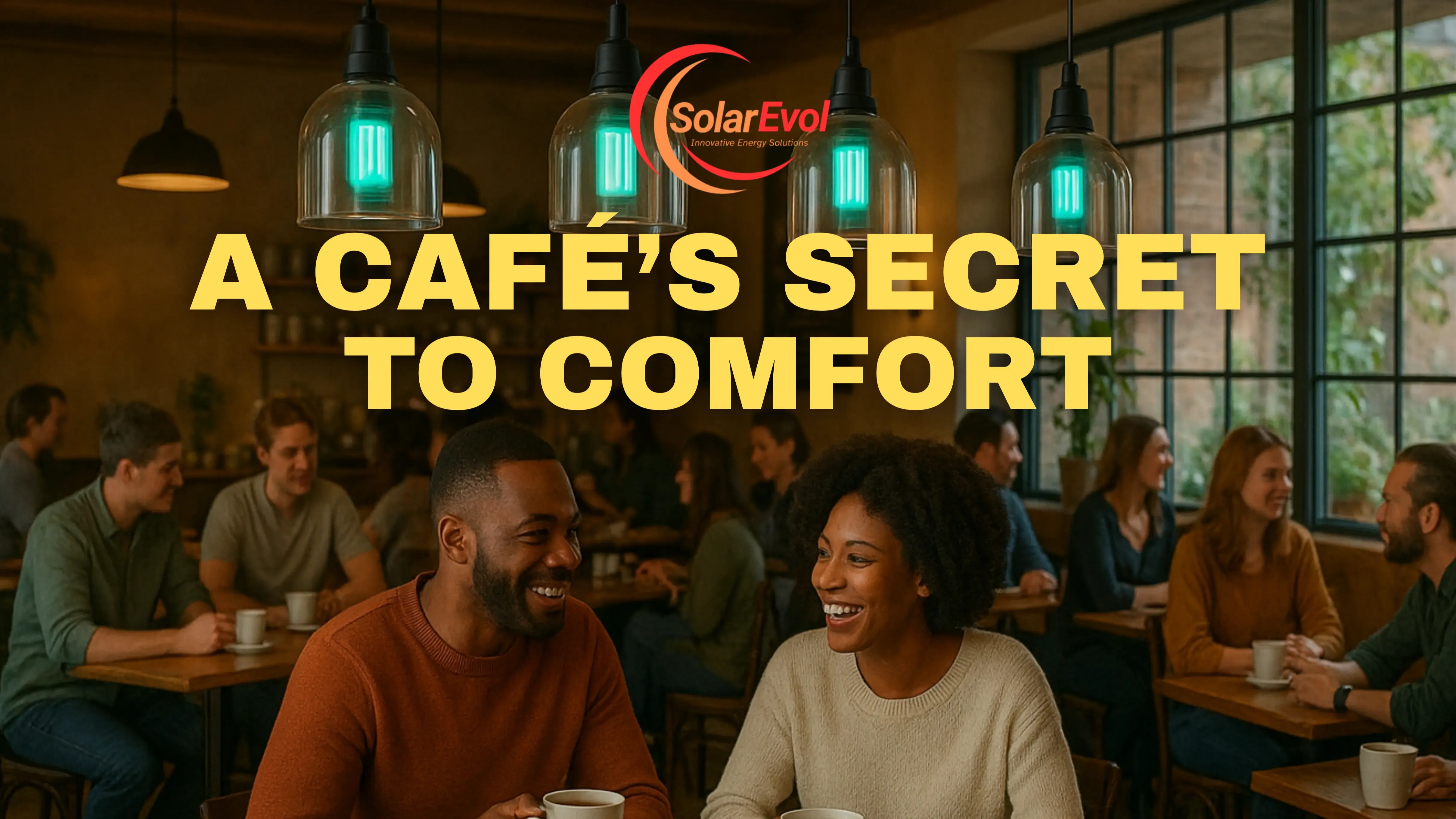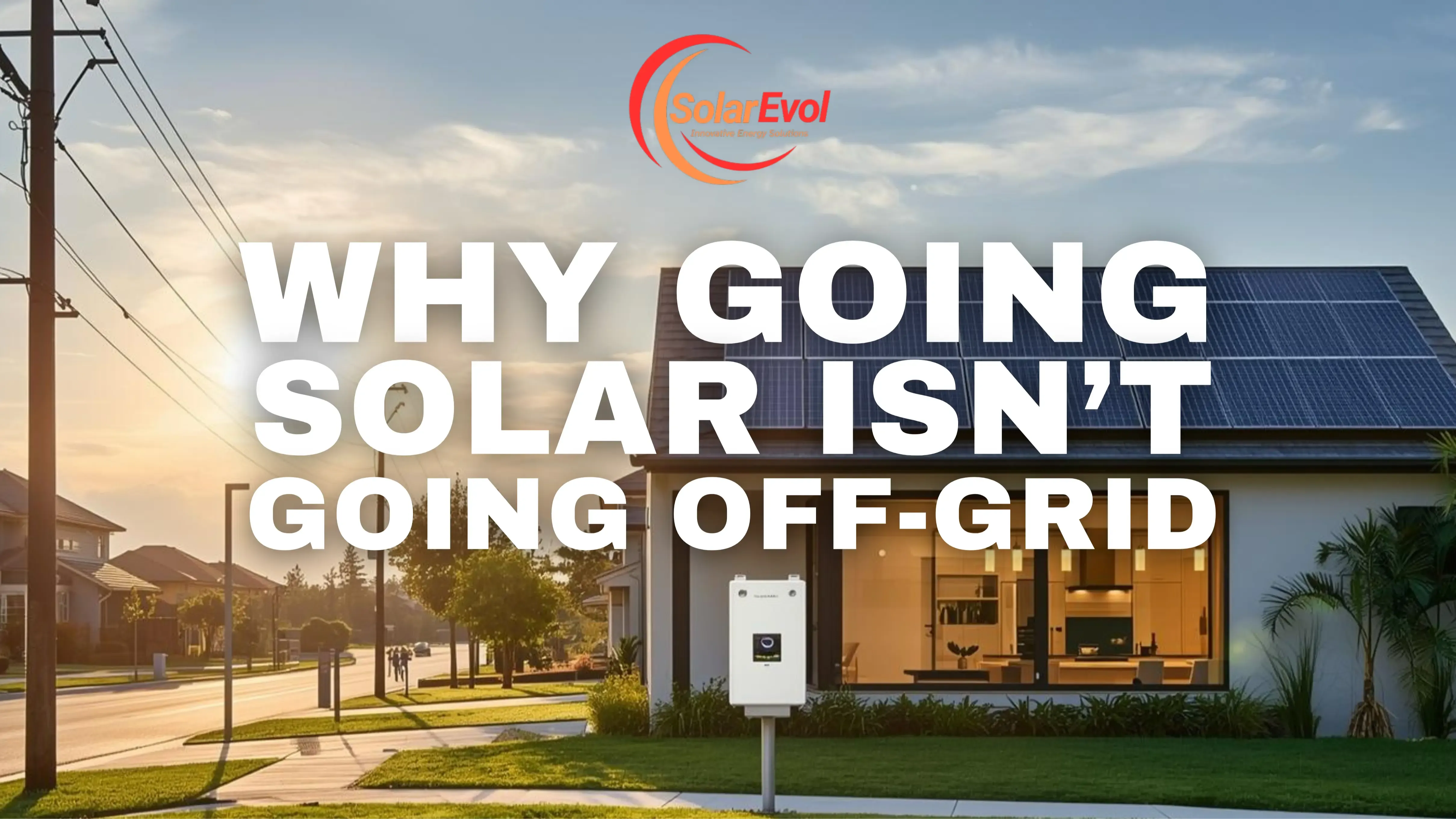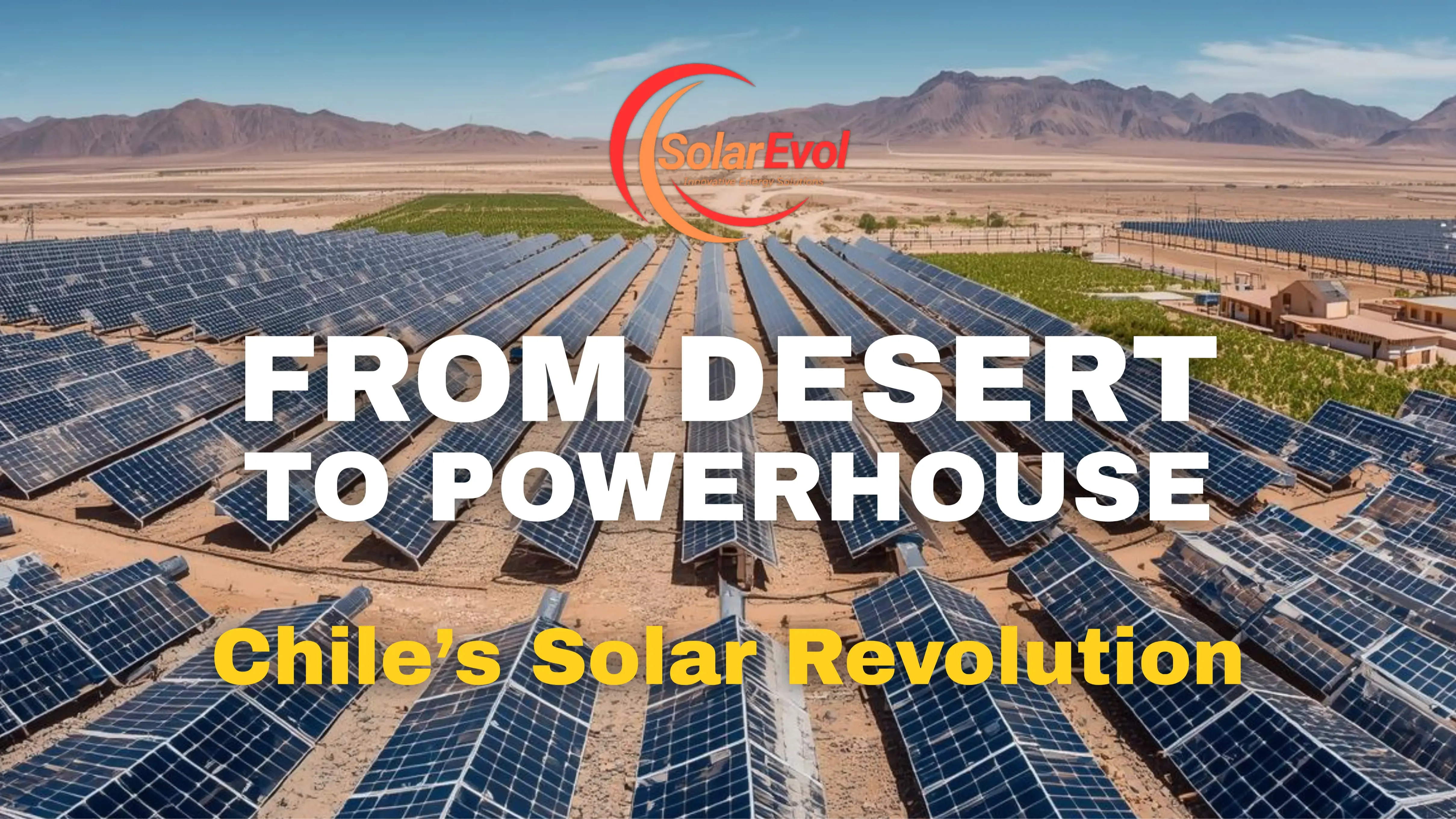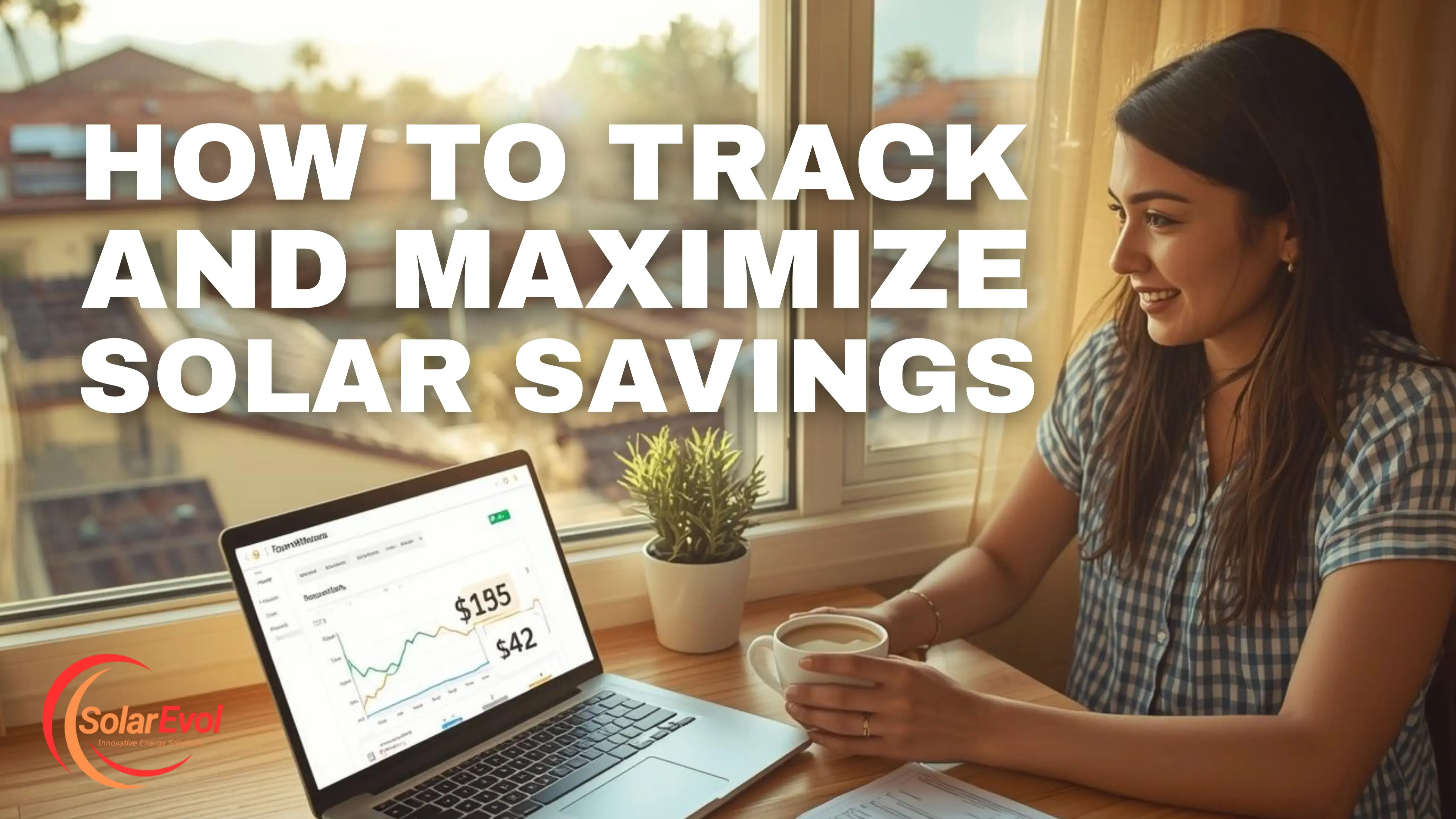
SuperHeroes Meet the Innovators: A Solar Summit Tale
Jun 15, 2025Monday, June 16, 2025
The air in the downtown Denver hotel ballroom shimmered—not from heat, but from energy. Not the kind generated by panels or stored in batteries—but something rarer.
Anticipation.
A few rows from the back, Tolu adjusted the collar of his solar-startup hoodie and leaned forward. He hadn’t flown in from Lagos just to attend another panel. He was here to meet the people who actually move the needle—the quiet strategists behind billion-dollar clean energy programs, the policy architects who design invisible pathways for solar to grow, the grassroots organizers who turn rooftops into microgrids.
On stage, someone called them "The Solar Superheroes."
And for once, it wasn’t an exaggeration.
🧠 Who Are the SuperHeroes of Solar?
They weren’t wearing capes. But they were easy to spot.
- The Indigenous climate advocate who had electrified 40 off-grid communities using a blend of tribal sovereignty and DOE funding no one else could navigate.
- The data scientist who rewrote the rules for community solar allocation in low-income zip codes.
- The neighborhood cooperative from Detroit that turned four vacant lots into solar gardens—and negotiated utility credits from the ground up.
They were engineers. Policy wonks. Organizers. Architects. Bankers-turned-battery-evangelists.
And they had one thing in common: they weren’t just innovating technology.
They were innovating access.
⚠️ Innovation Without Equity Isn’t Progress
The summit’s theme was clear—next-gen solar for next-gen cities. But as one panelist bluntly said:
“If we’re only building tech that helps the top 10%, we’re not solving the right problem.”
That challenge echoed through every session. Solar, as it stands, still skews toward the privileged. Despite falling panel costs, millions remain locked out due to:
- Credit score restrictions for solar loans
- Landlord-owned rooftops in dense urban areas
- Utility interconnection delays that stall community projects
- Lack of local permitting knowledge in under-resourced municipalities
Tolu scribbled furiously in his notebook—not specs, but stories. These were design constraints, not footnotes. And he was starting to understand that the real breakthroughs weren’t in the panels—they were in the processes that let people actually use them.
🛠️ How the SuperHeroes Solve the Problems We Don’t See
At a breakout table over lunch, Tolu found himself next to Rosa Delgado—a community energy strategist from New Mexico. When he asked her how she managed to fund an all-electric solar-powered housing complex without waiting for traditional grants, she smiled and pulled out a napkin.
She sketched a triangle.
Policy. Partnerships. Patience.
Rosa had used HUD data to prove energy burden in the zip code, leveraged a state low-income housing credit, and tied it to a solar workforce training program funded by the Department of Labor. No single pot of money would have covered it—but together, they built a blueprint.
“Most people chase grants. We stitch systems,” she said.
Around the room, similar stories unfolded. A tribal energy specialist explained how she negotiated land-use exemptions by framing solar as a cultural preservation tool. A nonprofit leader shared how they unlocked over $500,000 in battery storage by aligning with wildfire resilience goals—not just energy targets.
No one had a single solution.
They had maps—drawn from hard-earned experience, missed opportunities, and relentless collaboration.
⚡ Tolu Finds His Next Move
By the time Tolu stepped outside for fresh air that evening, the sun was setting behind the mountains. But he felt more charged than he had in months.
He wasn’t walking away with a product or a pitch. He was walking away with clarity: if solar is going to scale equitably, it needs systems thinkers—people who understand that a solar panel without access is just aluminum and silicon.
Back in Lagos, he began sketching a new model for his startup—not just designing plug-and-play solar hubs for rural communities, but creating a layered funding model that braided together climate resilience, educational equity, and informal economy stabilization. All ideas sparked by the summit.
The SuperHeroes had shown him something better than tech:
They showed him how to build with purpose, from the inside out.
💡 The Future of Solar Isn’t Just Bright. It’s Deep.
Solar summits aren’t just about market trends or shiny launches.
They're where the invisible work gets recognized—the zoning battles, the policy rewrites, the community listening sessions that turn big ideas into real light.
The real SuperHeroes?
They don’t fly.
They sit in zoning board meetings, balance spreadsheets, translate tech into trust, and find the loopholes no one else looks for.
“This is the real work,” Rosa had said. “Making solar not just visible—but viable—for everyone.”
So the next time someone asks where the solar revolution is happening, tell them:
It’s happening in rooms like these. In minds like Rosa’s. And in moments like that spark Tolu took home.
Stay connected with news and updates!
Join our mailing list to receive the latest news and updates from our team.
Don't worry, your information will not be shared.
We hate SPAM. We will never sell your information, for any reason.












